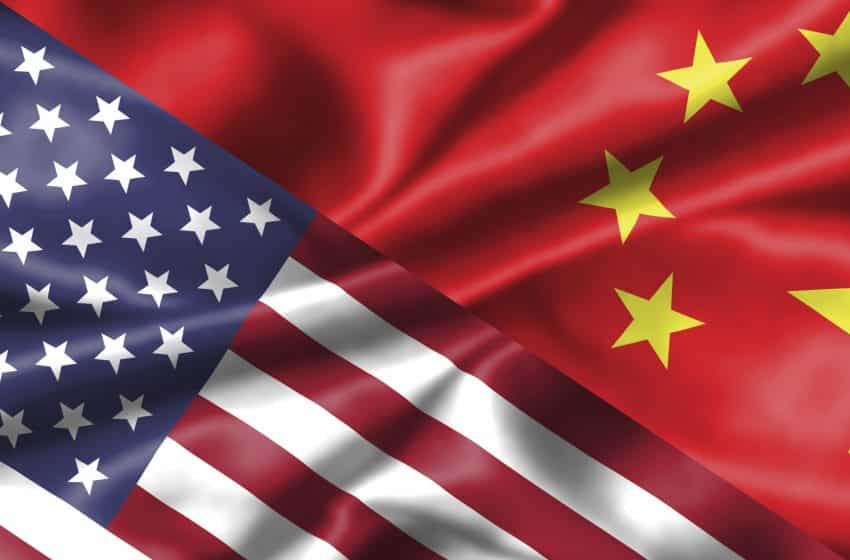
In 1962, the size and design of the denominations changed.
Chinese currency rates series#
In 1955, the second series of notes were printed in Tibetan, Mongolian, and Zhuang languages. The first series of renminbi banknotes were issued in 1948 by the People’s Bank of China. History of Chinese Yuan Renminbi Banknotes The first series Different values were made in different sizes, different weights, and bore different symbols.Īn ancient trading nation, China was among one of the first nations to use a form of currency similar to the modern currency we now use. In ancient China, coins of gold, silver, and lead were used. Even then, the copper coin remained a staple in China’s currency offerings. It wasn’t until the 9th century that paper money was introduced into China’s currency. The first emperor of China Qin Shi Huang dismissed the trading currency of the time and replaced it with copper coins. As far back as 210 BC, China was using currency similar to what we use today, rather than simply trading goods with the barter system. History of Chinese CurrencyĬhina is a nation with centuries-old history. In October 2019, China’s central bank, PBOC, announced that a digital renminbi is going to be released after years of preparation. The International Monetary Fund stated that the Chinese currency is no longer undervalued against the dollar given its recent appreciation, however, economists stated that recent devaluations as of 2019 may change that outlook. On October 1st, 2016, the RMB became the first emerging market currency to be included in the IMF‘s special drawing rights basket, the basket of currencies used by the IMF as a reserve currency. In 2012, appreciation actions by the Chinese government, as well as quantitative easing measures taken by the American Federal Reserve and other major central banks, have caused the renminbi to be within as little as 8% of its equilibrium value. This is what enabled China to advance as an industry leader in the global economy, and it is also why Chinese currency moves in the same direction as the U.S. In an effort to boost its own industrialization, the fixed rate allowed them the opportunity to buy machinery from other countries at prices they could afford. The Chinese government did not want the country to depend on the outside world for imports. The fixed rateįrom 1949 until the late 1970s, China placed an overvalued fixed exchange rate on its currency. As prices rise, some low denomination coins and bills are no longer used. The renminbi is available in denominations from:Ĭoins are available from 1 fen to 1 yuan (¥0.01–1). Popular political figures appear on larger denomination bills, and people in traditional, formal Chinese attire appear on the lower denominations. The banknotes include imagery of some of China’s communist leaders, both past and present, including Mao Zedong. The renminbi currency comes in denominations ranging from 1 fen to 100 renminbi. Instead, they use the word “kuai.” Kuai (Chinese: 块 pinyin: kuài) is usually used when discussing money. However, in everyday Mandarin, people don’t use renminbi or yuan when talking about money. It literally translates into “round object” or “round coin.” One yuan can be further divided into jiao and fen, which is similar to a cent used in the U.S. The word “yuan” comes from the Qing Dynasty era.


This is quite similar to the UK’s pound sterling and pound. Renminbi is the name of the currency itself while yuan is the actual unit of currency. The official currency of China is known as the renminbi (RMB), but it is also commonly referred to as the Chinese yuan (CNY). “The policy intention right now is to ensure market stability, he said, adding that this may still not be enough to turn around dollar-yuan.Further Reading Is the Currency Called Renminbi or Yuan? “There appears to be more of a near term bias to continue to use the fixing to anchor spot,” said Eddie Cheung senior emerging markets strategist at Credit Agricole CIB. That’s because US inflation data fueled bets on jumbo hikes by the Federal Reserve, which would set China’s monetary policy further apart from the US and drive outflows. The central bank’s renewed pushback comes as the offshore yuan once again weakened toward 7, its lowest since 2020. The strong bias exceeded the previous record of 454 pips seen last Wednesday and comes on on top of a reduction in foreign-currency reserve requirements for banks, which was also aimed at supporting the currency. The People’s Bank of China set the fix at 6.9116 per dollar, 598 pips stronger than the average estimate in a Bloomberg survey of analysts and traders. (Bloomberg) - China extended its currency defense by setting its reference rate for the yuan with the strongest bias on record.


 0 kommentar(er)
0 kommentar(er)
